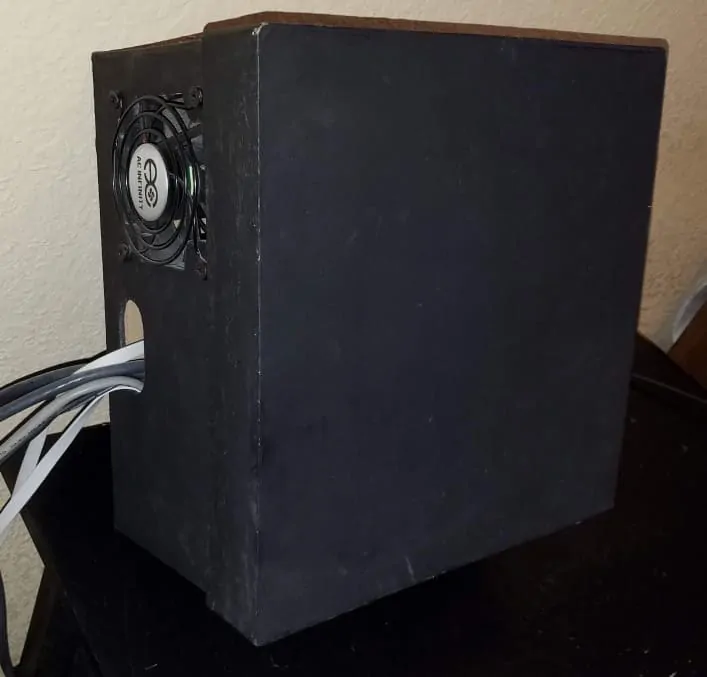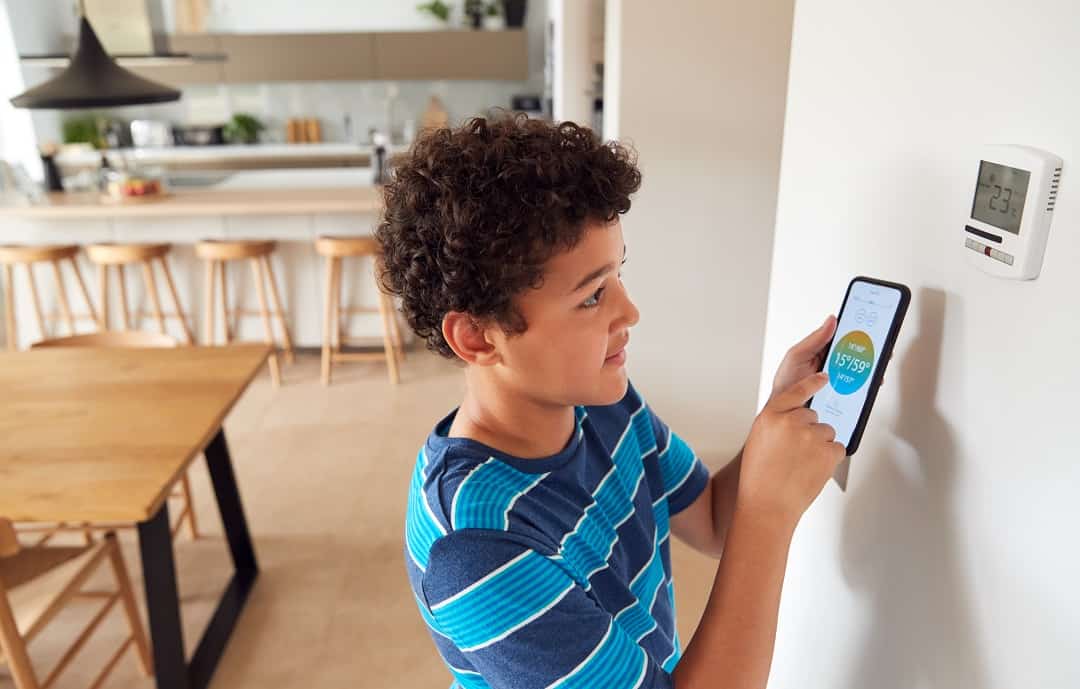Are you tired of staring at that unsightly router sitting on your desk, disrupting the look of your home? We get it. While routers are essential for our modern-day connectivity, they often stick out like a sore thumb in our beautifully designed spaces. But what if we told you that you could hide your router without sacrificing its signal strength? In this post, we’ll share some clever tips and tricks on how to seamlessly conceal your router while ensuring a strong and reliable Wi-Fi connection. So, if you’re ready to reclaim your space without compromising on connectivity, keep reading to discover the secrets of hiding your router in plain sight!
Why Does Signal Matter?
So, why does Wifi signal even matter? Wifi signal is the network communication between your router and the wireless devices that are connected to it. If your wifi signal is weak, then you will have slower network speeds on your wireless device. This is generally just a bad thing that can make it take longer to load web pages, videos, etc. A strong wifi signal can also travel farther, meaning your devices can be farther from the router and still have a good connection.
How can I hide my router without affecting the WiFi signal?
When it comes to setting up a Wi-Fi network at home, one common challenge is finding a way to hide the router without compromising the signal strength. Fortunately, there are a few clever tricks you can use to conceal your router and still enjoy strong and reliable Wi-Fi coverage throughout your home.
To start, let’s talk about concealing the router. To hide your router, you’ll need someplace to put it that is ventilated, has power and any other cables you need accessible, and doesn’t have anything that would obstruct the signal.
One option is to use a decorative box or a storage container to hide the router. Look for a box that is large enough to fit the router and has openings for ventilation. Baskets work great for this, plus you can flip them upside down to place stuff on top. You can place the container on a bookshelf or a side table to keep it out of sight.
The most important caveat to using a container for storing your router is to not use a metallic container. Metal boxes, baskets, and container can act as a faraday cage and almost completely eliminate your wifi signal. So make sure your container is made of plastic, cardboard, wicker, or some other non-metallic material.
Another idea is to use adhesive hooks or cable clips to mount the router on the back of a desk or a piece of furniture, keeping it hidden from view. Although, depending on your desk or furniture this can cause signal loss from having to travel through it. You can even use wall-mounted shelves or floating shelves to hide the router behind books or decorative items.
Router Placement
Now, let’s move on to actually placing your router. Since the router needs to be in an open area to effectively transmit the Wi-Fi signal, it’s important to choose a strategic location that is both hidden and accessible. I usually opt to place my wifi router somewhere open in the middle of the house with as few obstructions as possible. Anything between the router and your wireless devices is something that the signal has to either go through or around. This will cause you to have a slightly worse signal.
If your router has adjustable antennas, experiment with different angles to find the best position for signal reception. Sometimes, simply adjusting the antennas can significantly improve the range and strength of your Wi-Fi signal.
One option that people seem to like is to place the router behind a piece of furniture, such as a TV stand or a bookshelf. This can conceal the router, but can also cause signal interference since the signal has to go through or around the furniture. Another option is to position the router near a wall facing the center of your home. Again, keep in mind the signal would have to travel through this wall to reach the other side of your house. If you have thicker interior walls or lots of electrical wiring or plumbing in that wall it can cause signal loss.
Remember, the key is to strike a balance between hiding the router and maintaining a strong Wi-Fi signal. With these tips, you can find creative ways to conceal your router without compromising on performance.
FAQ
Are there any safety concerns when hiding a router?
Yes, there can be safety concerns when hiding a router. It’s important to ensure that the router is placed in a well-ventilated area to prevent overheating. Avoid covering it with materials that can easily catch fire, such as fabrics or papers. Additionally, make sure there’s enough space around the router for adequate airflow. Another safety concern is the router’s positioning near other electronic devices. Keep it away from appliances or devices that emit strong electromagnetic fields, as this can interfere with the router’s signal strength. By being mindful of these safety considerations, you can effectively hide your router without compromising its performance or safety.
To ensure proper ventilation for a hidden router, you can consider a few options. One option is to use a ventilated enclosure specifically designed for routers. These enclosures allow for airflow while keeping the router hidden. Another option is to place the router in a well-ventilated area, such as an open shelf or cabinet with vents. This allows for natural airflow and prevents overheating. Additionally, you can use a small fan or install a cooling system to help circulate air around the router. Remember that proper ventilation is crucial to maintain the router’s performance and prevent any potential heat-related issues.
Are there any potential drawbacks or downsides to hiding a router?
Yes, there are potential drawbacks to hiding a router, although they can be mitigated with careful planning. One of the main concerns is that hiding the router behind furniture or inside a cabinet may reduce the signal strength and range. This can result in weaker Wi-Fi coverage and slower internet speeds in certain areas of your home. To avoid this, it’s important to consider the materials and distance that could impede the signal and strategically place the router in a central location. Additionally, hiding the router may make it more difficult to access for troubleshooting or performing maintenance tasks. It’s crucial to strike a balance between aesthetics and functionality when hiding your router, ensuring that the signal quality remains optimal.
In Summary
I hope this post gave you lots of ideas for hiding your Wifi router without blocking the signal. When hiding your router while still maintaining a strong Wi-Fi signal, it’s important to strike a balance between aesthetics and functionality, and we believe our suggestions can help you achieve just that.




